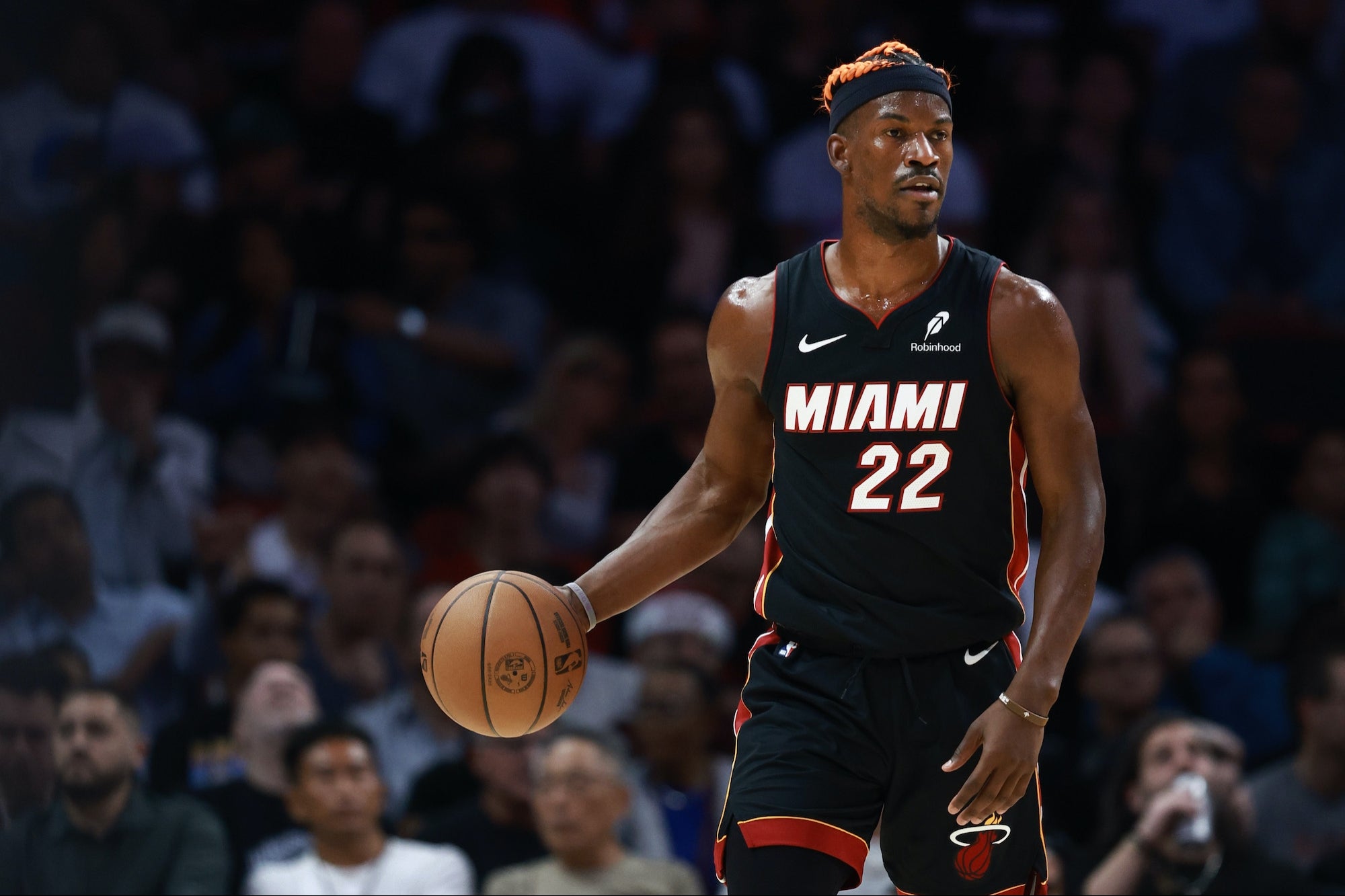The 6-Figure Clinic Owner: David Mancini of Pure Health Chiropractic Chiropractic care is forecasted to grow by 7 percent through 2028.
Opinions expressed by Entrepreneur contributors are their own.

A three-month hospital stay at age 14 helped David Mancini decide what he wanted to be when he grew up.
"It was just a basic knee injury from playing basketball," said Mancini. "But unfortunately after surgery, I got a staph infection, and I ended up getting really sick." Thankfully, after nearly losing his leg, he made a full recovery.
That harrowing experience as a patient prompted Mancini, even as a young teen, to begin exploring alternatives to traditional medicine. And that led him, eventually, to chiropractic care.
Today, Mancini owns Pure Health Chiropractic, a clinic in Minneapolis, and is poised to open a second location this fall in St. Paul.
The desire to help people get healthy wasn't the only thing that attracted him to chiropractic training. During his undergrad years at the University of Wisconsin Eau-Claire, the allure of entrepreneurship took hold.
Related: Self-Compassion Is an Essential Tool for all Entrepreneurs
"I knew I wanted a lifestyle that would allow me to make decisions on my own and profit from those decisions, and I wanted to create a business and make it grow and thrive," he said. "Chiropractors have more opportunity to run their own businesses, and that made sense to me as a caregiver and in terms of the freedom that comes with being an entrepreneur."
Mancini went on to study at the Palmer College of Chiropractic in Davenport, Iowa, where the specialty originated in the late 1800s.
The real deal
Despite a history of wariness from the traditional medical community toward chiropractic care, consumers are growing more trusting and reliant on its treatments every year. The industry generates $16.3 billion in revenue in the U.S. and is forecasted to grow by 7 percent through 2028, according to the Bureau of Labor Statistics.
Part of the reason for the boom is a new mainstream emphasis on integrative care, supported by research that shows positive results. Another factor: Americans are leery of opioids, which in 2018 accounted for nearly 47,000 overdose deaths, 32 percent involving prescription drugs.
Perhaps the most revealing data point that non-invasive, non-pharmaceutical options are gaining ground is buy-in from insurance companies, which today are likely to cover chiropractic treatment as part of a holistic, interdisciplinary approach to treating chronic pain and other ailments.
As patient interest in the field has grown, so have educational opportunities, with 15 Doctor of Chiropractic programs now available on 18 campuses nationwide. The degree generally involves four years of post-graduate coursework and a state licensure exam.
According to a recent Gallup survey, more than 50,300 chiropractors are working across the U.S., and 35.5 million adults sought their services last year.
Related: The Hottest Industries Today
Active rehabilitation
Like many chiropractic clinics, Pure Health focuses on sports medicine and what Mancini calls "active rehabilitation."
The standard chiropractic therapy of spine adjustment is the foundation of the practice, with alternative treatments such as acupuncture, cupping, and spinal stretching and strengthening also available, customizable in the plan of care for each individual patient.
"To offer the best service possible, I look for new doctors with a strong skill set that includes different treatments," Mancini said. "We're all now looking down all the time — at our phones, our laptops — and that puts so much strain on the neck and back. It's important to provide options, and there are many we know to be effective."
The clinic's goal is to create a non-stressful, streamlined experience for each patient. "We focus on the patient's needs by spending time with them, listening to them, and addressing areas of concern with multiple treatment procedures," Mancini said. "While some doctors might just focus on adjustments, we hone in on numerous therapies to help get our patients better faster."
The Pure Health difference, he says, is making patients feel comfortable — especially those who might be anxious. "Some people don't like the sound of an adjustment. But that's not your bones cracking. It's pressure releasing from your spine. And when that pressure goes away, nerve inflammation goes away, and your headache and back pain go away."
Does the doctor take his own advice? "I usually get one or two adjustments a month," Mancini said. "We call it supportive care to improve general well-being and help you feel your best. It works."











